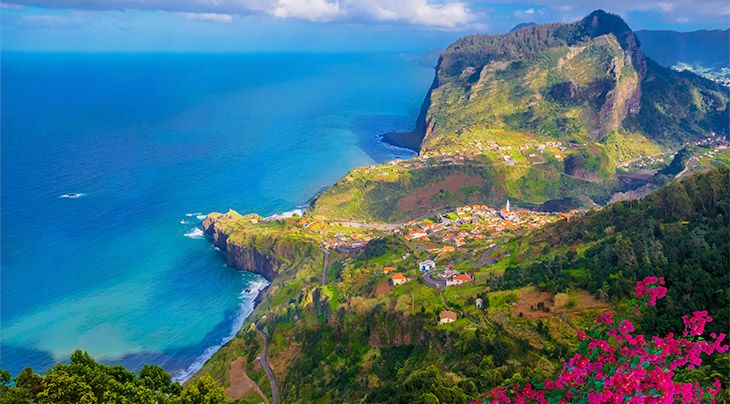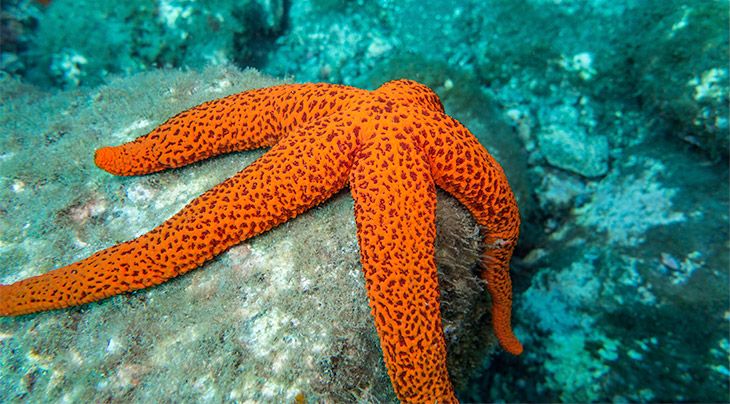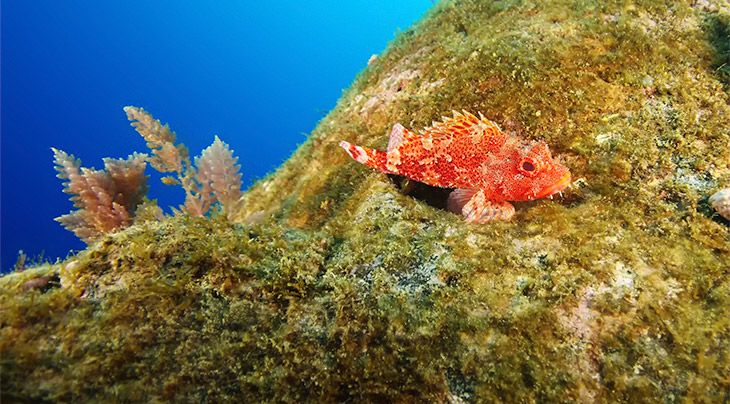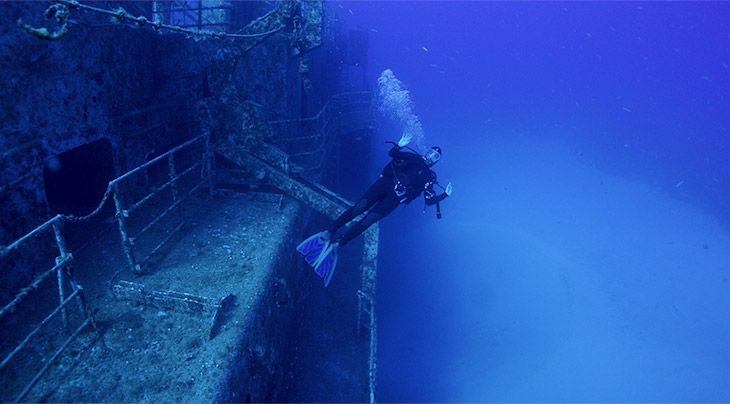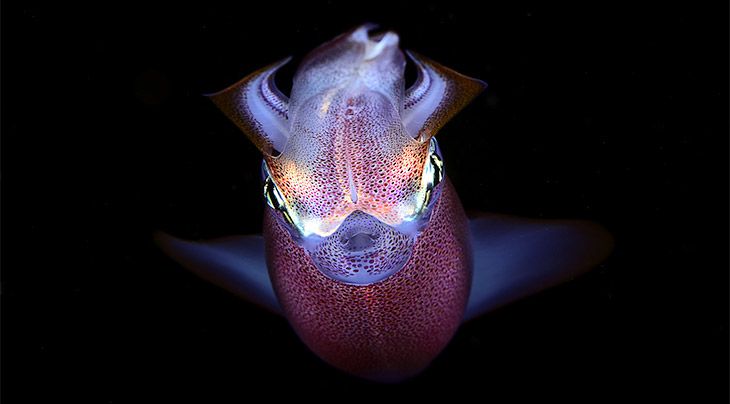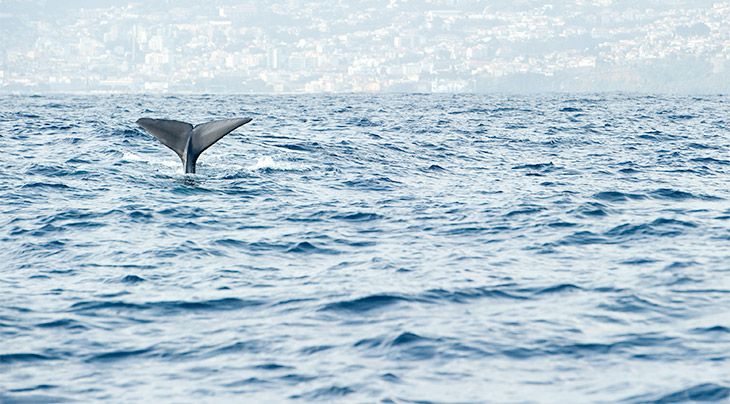- More More
- Blog
- Inspire me
- Groups
- Offers More
- Dive Courses More
- Liveaboards
More

Liveaboard Trips
On-board accommodation offering the opportunity to live right over the dive sites and to experience secluded dives...
Diving regions...
- LATEST AVAILABILITY BY REGION
- Red Sea availability
- Maldives availability
- Indonesian availability
- Socorro Mexico availability
- Galapagos availability
- ALL LIVEABOARD DIVING REGIONS
- Bahamas
- Bikini Atoll
- Caribbean
- Cocos Island
- Destinations
MoreDIVING REGIONS...
Our Top destinations....Why not try....
Find a trip
- Resort
- Liveaboard
Madeira
Madeira Facts...
Area: 801 km²
Population: 253,945
Language: Portuguese
Time: GMT
Electricity: 230v AC, 50Hz
Plugs: 2-pin
The archipelago of Madeira in the Atlantic Ocean comprises 16 islets and 2 inhabited islands - Madeira and Porto Santo.
The islands have evolved as a result of phases of intense volcanic activity and subsequent erosion forming dramatic valleys. Whereas volcanic activity is dormant, it is thought Madeira remains in a state of evolution. Madeira island is very rugged with the highest point of Pico Ruivo reaching 1862m above sea level. The island is renowned for its holiday experiences and offers visitors a wide range of activities (including hiking, mountain biking and golf), an interesting culture and exquisite cuisine as well as some fantastic dive sites to explore. In addition dolphin and whale watching trips are very popular.
Often described as the 'Pearl of the Atlantic', for those who want to get back to nature there are endless opportunities on Madeira. Take a walk in the Laurissilva Forest (a UNESCO World Heritage Site), enjoy the sites and sounds of rare flora and fauna, explore endless trails and walks along the levadas, or take time out by the alluring blue Atlantic ocean that surrounds the small island. The neighbouring island of Porto Santo is flat by comparison, with a lengthy golden sand beach and is great for visitors looking for wellbeing activities and wreck diving.
The capital, Funchal, is just under 4 hours flying time from the UK and can be reached via several regional airports.
With a fantastic geographical location and mountainous landscape, it boasts a moderate climate ranging from a modest 17ºC in the winter to a very comfortable 25ºC in the summer months.
diving in madeira
Suited to divers of all abilities diving here is great for beginners as well as the more experienced amongst you. The majority of sites are in the Garajau and Funchal Marine Parks off the south coast of the island. Volcanic in its topography the seascape offers swim-throughs, walls, overhangs, pinnacles and plateaus to explore. The marine life is plentiful and diverse. Keep a look out for critters such as frogfish, shrimp and seahorse as well as huge stingrays, schools of barracuda and salema, rainbow wrasse, monk fish and of course, the resident friendly dusky grouper.
In addition there are several wrecks to explore, the most famous being the Afonso Cerqueira, an 85 metre long merchant navy ship purposely scuttled in 2018 and now home to colourful corals and resident fish life. Lying on the seabed at 33 metres, this is a fantastic site for all, especially photographers.
Water temperatures range from a low of 17ºC (7mm suit) in winter to a comfortable 22ºC (5mm suit)in summer, which makes it an ideal destination throughout the year. Diving is generally regarded as easy but the conditions can be variable.
Madeira Resorts
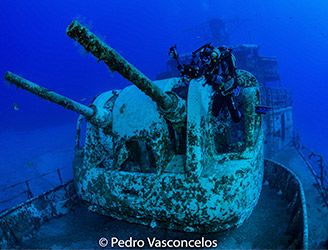
Madeira Island
A volcanic island off the north-west coast of Africa in the Atlantic Ocean, Madeira's diving highlights including Garajau ...
VIEW DETAILS
